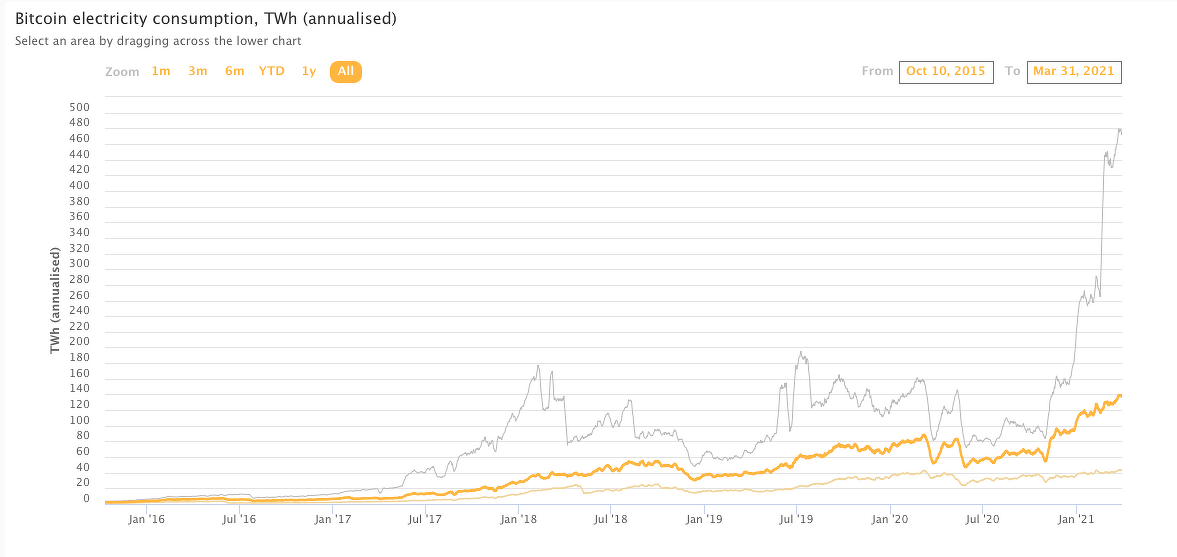Federal Government relied mainly on the domestic debt market to finance its deficit i.e. 67 percent of the Federal fiscal deficit was financed through domestic debt during July-December ( 2020-21), according to the debt bulletin issued by the Ministry of Finance on Thursday.
According to the public debt bulletin, within domestic sources, all of the additional funding was mobilized through long-term government securities, whereas net reduction was witnessed in short-term debt. Within external sources, multilateral and bilateral sources remained the main contributor in the financing of the federal fiscal deficit.
Ministry of Finance highlighted that external debt was recorded at US$ 82.4 billion at end-December 2020. Although borrowing from commercial sources has relatively increased during the last few years, multilateral and bilateral sources still cumulatively constitute 82 percent of the external public debt portfolio as of the end of December 2020, Public Debt Bulletin maintained.
Highlights of Borrowing Operations during 6-Months of FY 2020-21:
- Domestic borrowing was made entirely from the financial markets;
- An amount of Rs. 285 billion was repaid to SBP;
- All borrowings needed to finance the fiscal deficit was made through longer-term debt while the government retired a portion of short-term debt by Rs. 534 billion;
- With effect from 1st July 2020, all institutional investors have been barred from investing in National Saving Schemes (NSS) with the objective to deepen the financial markets and lower the government’s long-term borrowing costs by creating more competition for long-term government debt;
- The government introduced various new instruments to further develop the government securities market, attract a more diversified investor base and provide more flexibility and options to the investors as well as to the government;
- The government started issuance of 5-Year Sukuk with fixed-rate rental payments from July 2020;
- Similar to conventional bond, the government introduced a re-opening mechanism in Sukuk auctions in July 2020 to increase the liquidity of the Sukuk;
- The government started issuance of 3-, 5- and 10-Year floating rate PIBs with quarterly coupon payment frequency from October 2020;
- The government introduced 2-Year floating rate PIBs in November 2020 with quarterly coupon payment frequency and fortnightly interest rate re-setting.
Pakistan is availing the G-20 Debt Service Suspension Initiative (DSSI) for a period of 14-Month (May 2020 – June 2021) which will help to reduce the debt servicing impact to the tune of around US$ 2.4 billion during this period.
The post Govt Relied on Local Debt Market to Finance its Loans appeared first on .
